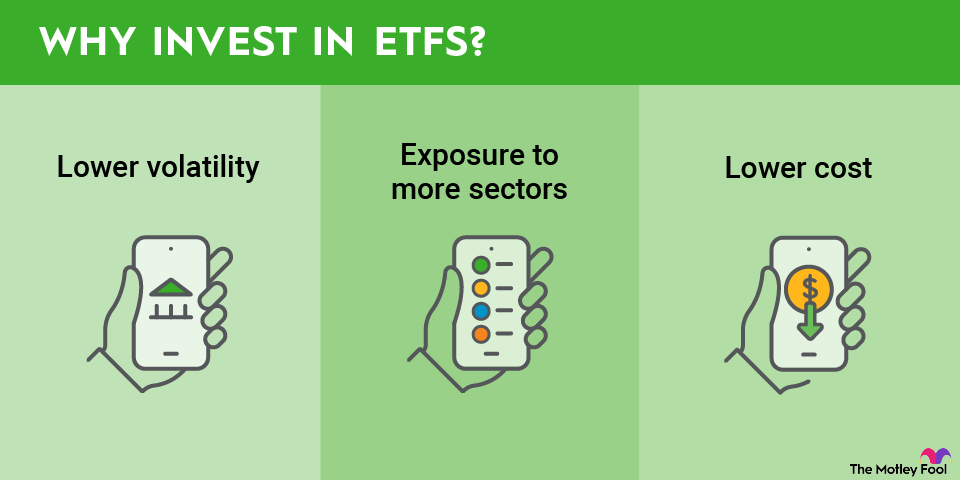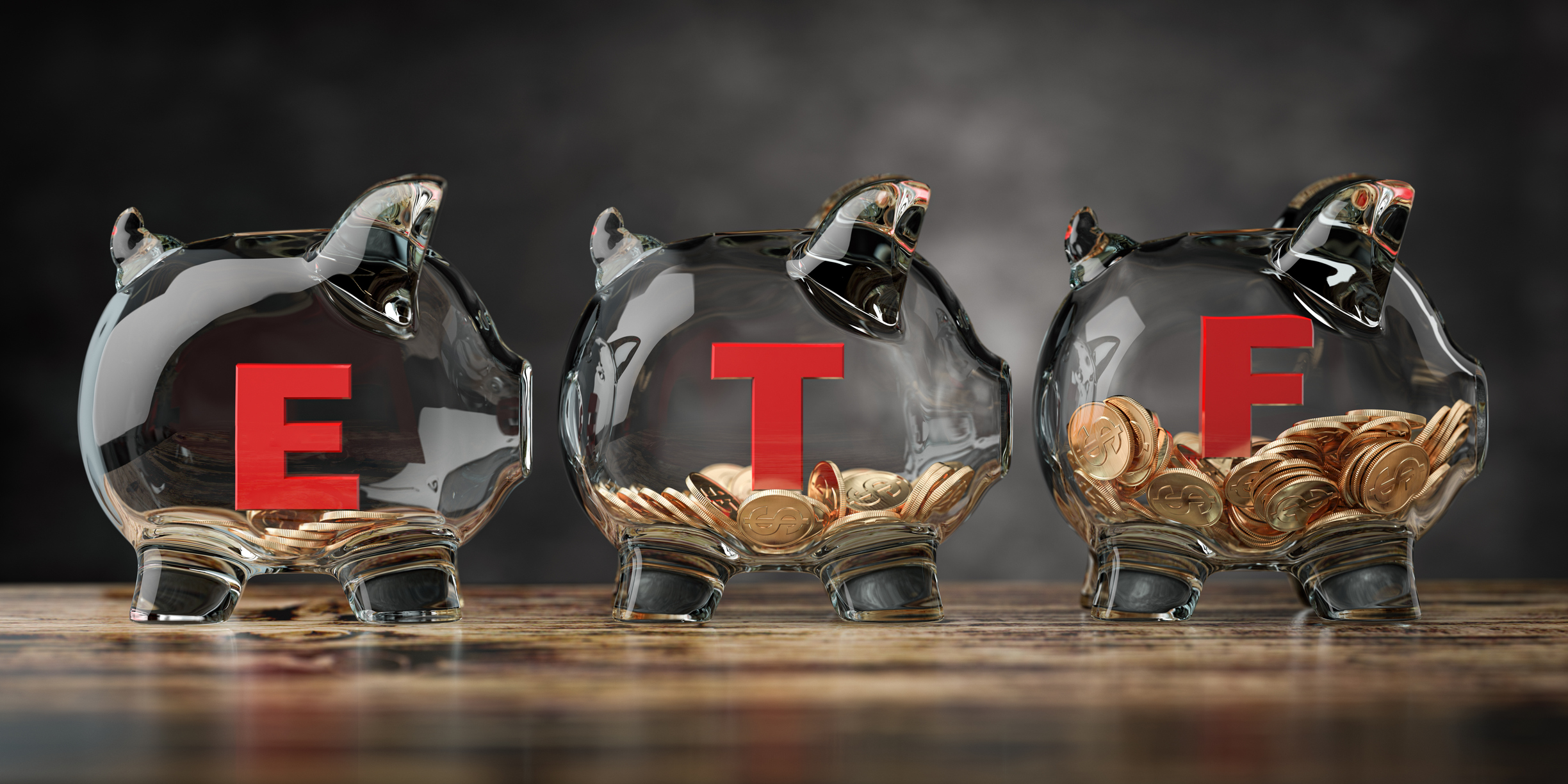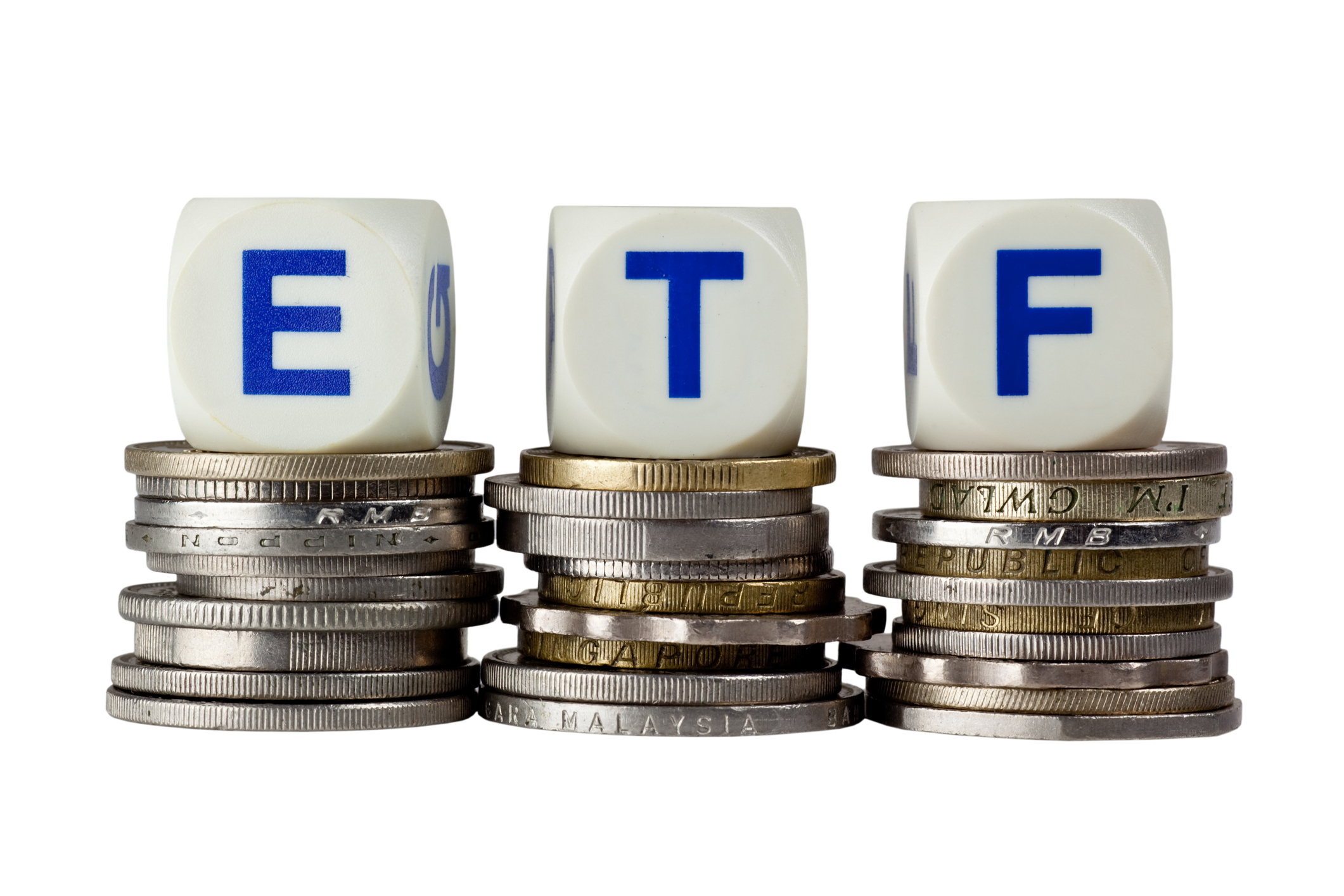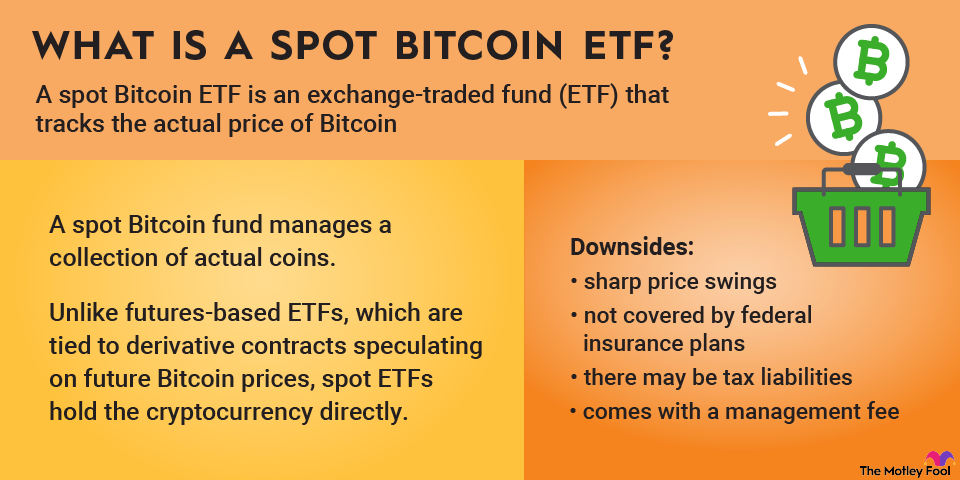What is the iShares U.S. Regional Banks ETF?
The iShares U.S. Regional Banks ETF aims to track the investment performance and returns of the Dow Jones U.S. Select Regional Banks Index, which is an index that features U.S. equities in the regional banking sector. This ETF provides investors with exposure to a variety of small to mid-size banks in the U.S.
Exchange-Traded Fund (ETF)
Key facts about the iShares U.S. Regional Banks ETF
Created in May 2006, the iShares U.S. Regional Banks ETF provides exposure to small and mid-sized U.S. banks and has net assets of approximately $715.7 million. It has a 0.40% expense ratio with a 3.22% 30-day SEC yield.
The ETF holds almost three dozen stocks, and trades on the NYSE Arca exchange. The iShares U.S. Regional Banks ETF is currently trading at a premium to its net asset value of 0.02%.
As of July 2025, the ETF had 11.8 million shares outstanding, with a 30-day average volume of 285,272.
How to buy the iShares U.S. Regional Banks ETF
It's very easy to invest in the iShares U.S. Regional Banks ETF. You can buy shares through your preferred brokerage account. Here's a step-by-step guide to buying shares of the ETF.
- Open your brokerage app: Log in to your brokerage account where you handle your investments.
- Search for the stock: Enter the ticker or company name into the search bar to bring up the stock's trading page.
- Decide how many shares to buy: Consider your investment goals and how much of your portfolio you want to allocate to this stock.
- Select order type: Choose between a market order to buy at the current price or a limit order to specify the maximum price you're willing to pay.
- Submit your order: Confirm the details and submit your buy order.
- Review your purchase: Check your portfolio to ensure your order was filled as expected and adjust your investment strategy accordingly.
Should I invest in the iShares U.S. Regional Banks ETF?
Choosing investments for your portfolio is a personal decision. You need to ensure that any investment, iShares U.S. Regional Banks ETF, or otherwise, aligns with your long-term investment goals, values, and risk tolerance. You should also have a general understanding and interest in the banking sector, and be willing to invest in the cyclicality that accompanies this space and this particular type of investment.
The bull market has affected a variety of industries and sectors in positive ways, and lifted parts of the previously beleaguered banking sector in the process. Like other areas of the banking sector, regional banks have experienced pressure over the last several years from the COVID-19 pandemic that slammed borrowers and businesses, which was followed by the turmoil of a high-interest-rate environment.
Elevated interest rates have forced many banks to raise the rates they're paying for consumer deposits amid an increasingly competitive banking system, and the aftermath of Silicon Valley Bank’s downfall has also affected investor appetite towards the sector. High interest rates have also diminished the value of bonds that banks typically hold on their balance sheet. Identifying these factors is not meant to discourage an investment in iShares U.S. Regional Banks ETF, but rather to help investors understand the landscape that regional and even more diversified banks have been facing of late.
That said, these factors are slowly but surely fading into the backdrop. The underlying strength of the U.S. economy and its continued improvements are one such factor.
Continued improvements in the macro environment can create better financial conditions for consumers and businesses over the long run, which will trickle down to regional banks, too. A diversified fund like iShares U.S. Regional Banks ETF could be an excellent choice for investors who want to invest in the banking industry without taking on the risk of an investment in individual banking stocks.
Banking stocks tend to flourish in stable economic landscapes. When interest rates fall and worries about a recession abate, regional stocks may be poised to do well, particularly as consumer spending and borrowing gradually accelerate. Investors who recognize all these factors and find iShares U.S. Regional Banks ETF to pose an attractive portfolio opportunity could also benefit from steady dividend income, a low-cost and passive investment, and broad exposure to the U.S. regional banking sector.
These are all solid reasons to consider an investment in iShares U.S. Regional Banks ETF. On the other hand, if you're seeking an investment that can deliver index-beating returns, you're more risk-averse and don't want exposure to the cyclicality of banking, or you’re nearing retirement and need more income than the iShares U.S. Regional Banks ETF might provide, it may be a wise choice to look elsewhere.
Does the iShares U.S. Regional Banks ETF pay a dividend?
The iShares U.S. Regional Banks ETF pays a dividend that yields roughly 3%. Its dividend is paid on a quarterly basis. That yield is quite a bit higher than what the average individual stock trading on the S&P 500 pays, which is in the ballpark of 1.3%.
What is the iShares U.S. Regional Banks ETF’s expense ratio?
A low expense ratio can maximize investor returns and lessen the impact of fees on portfolio performance. The iShares U.S. Regional Banks ETF has a favorable expense ratio of 0.4%, which is in line with the market average of about 0.5%.
The annual fee charged by BlackRock on a $10,000 investment in the iShares U.S. Regional Banks ETF would be approximately $40.
Expense Ratio
Historical performance of the iShares U.S. Regional Banks ETF
The iShares U.S. Regional Banks ETF aims to closely track the average return of the Dow Jones U.S. Select Regional Banks Index. Here's how the ETF has delivered on its objectives over the last year, three years, and five years.
Fund | 1-Year | 3-Year | 5-Year |
iShares U.S. Regional Banks ETF | 23.18% | 3.81% | 11.38% |
Dow Jones U.S. Select Regional Banks Index | 23.65% | 4.18% | 11.81% |
Related investing topics
The bottom line on the iShares U.S. Regional Banks ETF
The iShares U.S. Regional Banks ETF is a leading ETF focusing on delivering returns that broadly match U.S. equities trading in the regional banking sector. The fund's inception was less than two decades ago, and while the last several years have brought volatility for the sector, recovery has been steady.
For long-term investors with an extensive buy-and-hold horizon, as well as the risk appetite to invest in bank stocks, this fund can be a great way to benefit from dividend income, the hundreds of billions of dollars that the regional banking sector represents, and a landscape where regional banking valuations across the board remain historically cheap.
























